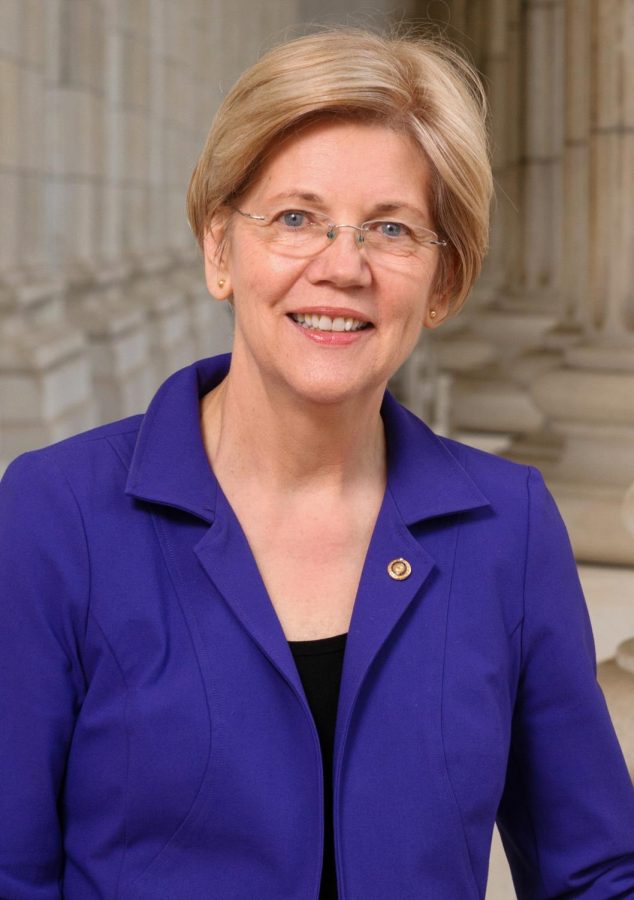Senator Warren Unveils Long Awaited Funding Proposal for “Medicare for all”
January 30, 2020
WASHINGTON- Massachusetts Senator and Democratic candidate for President, Elizabeth Warren unveiled a long awaited estimate for her “Medicare for all” plan earlier this month. Costing an estimated $20.5 trillion over the course of a decade, Senator Warren became the first candidate for the 2020 Presidency to unveil a comprehensive “Medicare for all” plan. If elected, Senator Warren plans to put her “Medicare for all” plan into effect during the 100 days in office. Warren’s plan would increase taxes for businesses and the wealthy, eliminate private health insurance, premiums, deductibles, and other out-of-pocket expenses. While some have commended Senator Warren’s plan, others, including economist Linda Blumberg, believe that Senator Warren’s estimate is inaccurate and would cost the American government trillions of dollars more. Despite receiving criticism from members of the Democratic party and across the aisle, Senator Warren is not alone in her efforts to fix the American healthcare system.
Following Senator Warren’s announcement, other Democratic candidates, including former Vice President Joseph R. Biden Jr. and Mayor Pete Buttigieg of Southbend, Indiana, joined Senator Warren by releasing their own health care plans. Basing their plans upon a “public option,” (the choice between a government health insurance plan or a private health insurance plan), Vice President Biden and Mayor Buttigieg’s plans are also significantly cheaper than Senator Warren’s. (Vice President Biden’s plan would cost an estimated $750 billion over the course of a decade while Mayor Buttigieg’s plan would cost an estimated $1.5 trillion over the course of a decade.) Despite having differences in their plans, Senator Warren, Vice President Biden, and Mayor Buttigieg are all actively working to fix the American healthcare system. A poll done by the American Community Survey found that in 2017 alone, the number of uninsured Americans rose from 27.3 million to 28 million. Of the 28 million uninsured Americans, 84.6% of these individuals are between the ages of 19 and 64, 26.9% of these individuals have a high school education or less, and a disproportionate amount of this data was concentrated in the South. The rise in the number of uninsured individuals in America is due, in part, to the rising cost of it.
In 1960, the average American spent $146 on healthcare while in 2016, the average American spent $10,345 on healthcare. (Once inflation of the dollar is factored in, the average cost of health care has risen by nine times since 1960.) As Americans are drowning in medical bill debt, health insurance companies like Humana, Cigna, and UnitedHealthcare have seen a significant boost in their quarterly profits, due in part to government subsidies available to Americans under the Affordable Care Act and its expansion of Medicaid. If Senator Warren and Senator Sanders, the architect of the “Medicare for all” plan, succeeded in passing the “Medicare for all” bill in Congress, the role that private insurors play in administering government-subsidized benefits would be eliminated.
While the fight to bring a government run health insurance to the United States is not the only issue that Democratic candidates for President are running on, equal access to health insurance continues to be a predominant issue in American politics as the gap between the wealthy and the poor continues to grow larger.
Note: Article draws upon coverage in the New York Times and Forbes Magazine



